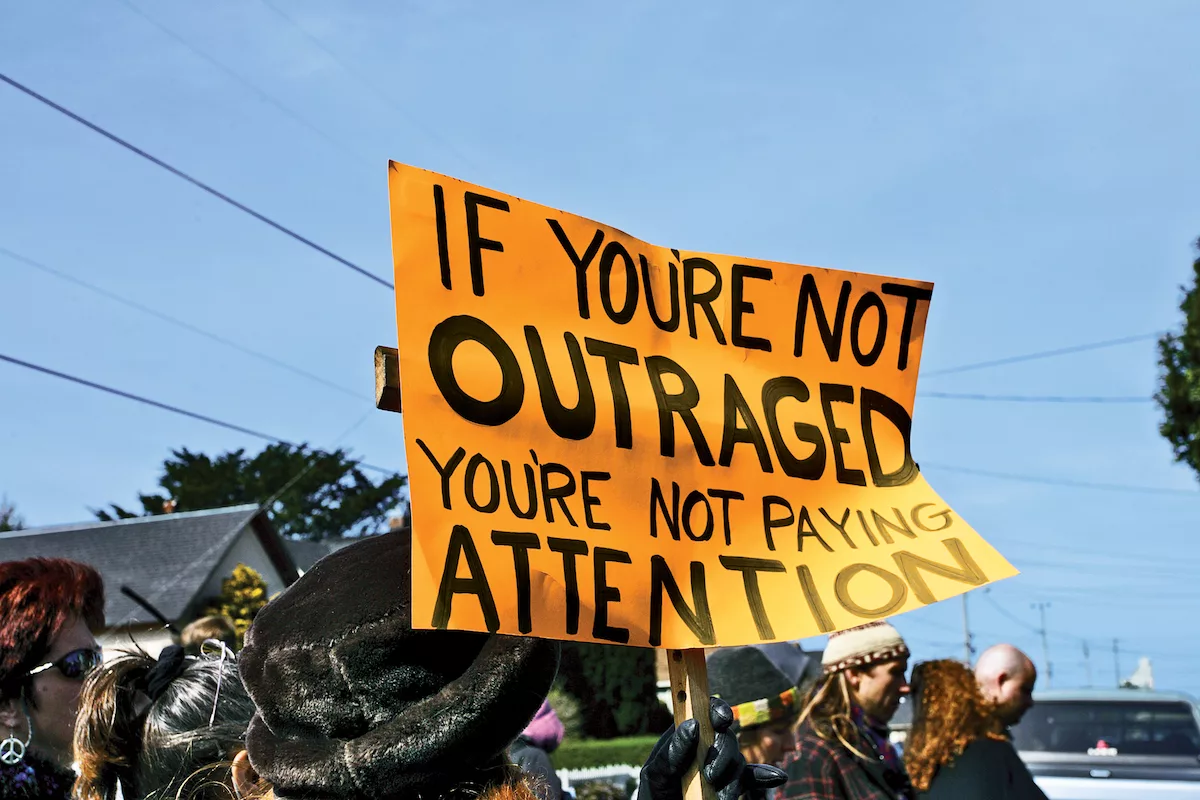Patagonia began supporting grassroots environmental groups more than four decades ago. Over the years, the outdoor gear giant and certified B Corp formed relationships with hundreds of local organizations working to preserve natural resources and foster healthy, sustainable communities. But as the US EPA continues to roll back environmental protections and the federal government appears to weaken its position on issues like land preservation and climate change, Patagonia is keenly aware that it’s becoming more difficult for these groups to do their work — and for concerned citizens to know how to support them.
In response to this increasingly challenging landscape, Patagonia launched Patagonia Action Works at the start of 2018 — an evolution of the company’s giving program and a digital tool that connects employees and customers with over 720 of its nonprofit partners.
Patagonia designed the platform to help people in its network learn about environmental issues, such as biodiversity and climate change, and connect with grassroots groups in their communities. After learning more about how an issue is tackled in their area, users can explore local events, donate money to nearby green groups, and — most importantly — volunteer their time and skills. In return, Patagonia grantees, many of whom are operating with limited resources, “will be more effective and powerful than ever before,” the company said in a statement.
Patagonia Action Works has already generated more than $650,000 of skilled volunteer time for grantees. The platform builds on Patagonia’s rich history of activism and its efforts to engage fans and customers in the fight to preserve the outdoors spaces they love. While conscious companies like Patagonia tend to have customers who are more engaged than the average consumer, understanding how to catalyze concern into real-world action is something of an art form — and when it comes to the art of engagement, Patagonia is best in show.
Conscious Company wanted to learn more about the brand’s secret sauce and how it’s able to consistently mobilize customers in the fight for a better world. We spoke with two of Patagonia’s foremost activism experts — Hans Cole, director of environmental campaigns and advocacy, and Sam Murch, activism marketing coordinator — to get the low-down on why the company supports grassroots activism and find out how more conscious companies can activate their customers for impact.

Through Patagonia Action Works, the outdoor company’s customers and employees can learn about environmental issues and relevant events, donate money, and volunteer their time and skills.
How does Patagonia choose nonprofit partners? What do you look for in a good match?
Hans Cole: Patagonia has a 40-year history of supporting grassroots groups that work to protect the environment, most often at a very local level. In taking proactive actions to protect the wild places we all love, these groups are our inspiration as well as our source of information about the issues that are most important.
More often than not, the groups we partner with on campaigns come from the larger group of Patagonia grantees. We like to focus our support and partnership on the grassroots — they are the folks who truly know the issues inside and out, live in the communities that are affected, and are in it for the long haul. We take into account where we can add value, which partners align with issues we think are emerging, and which groups could really use our help.
The exciting thing about Action Works is that it increases our ability to support grassroots groups by tenfold, and it enables our entire community of customers and employees to connect and be a part of the movement.
What’s the business case for supporting grassroots groups and engaging your customers around the cause?
Sam Murch: David Brower once said, “There’s no business to be done on a dead planet.” When we look around and see the surf break being harmed by wanton development or access to our favorite crag being cut off due to new oil and gas infrastructure, our reason for being is impacted in real and depressing ways. But, as Patagonia founder Yvon Chouinard often says, the cure for depression is action.
If we take action by supporting the grassroots environmental organizations that protect the places and communities we care about, we turn the tide on the idea that environmental harm is a necessary part of doing business.
From a true business case perspective, we can measure the value we provide to our grantees via this non-monetary support mechanism. We might give an organization a grant worth a few thousand dollars, but with Patagonia Action Works, we can augment our grant dollars with valuable capacity-building support and message amplification. We estimate that we have saved participating grantees over half a million dollars in costs since we launched the platform to our grantees in December.

Patagonia National Park Volunteer Program Director Paula Herrera orients a team of volunteers in Valle Chacabuco, Chile. (Image courtesy of Patagonia.)
1. Rethink the “sales funnel.”
If you work in commerce, chances are you hear a good amount about the “sales funnel.” In activating your customers to engage, you can take that analogy and tweak it.
Think of a ladder of engagement. You need to give people an appropriate action they can take, whether they are just getting started and need a “hand-raising” action, they are partially onboard and need a moderate-lift way to get involved, or they are already fully onboard with the program and want to take higher-lift steps to help out. An example of this might be asking a customer to sign up for emails related to grantees, then to sign a petition, then to attend an event or donate, and eventually to volunteer their skills or become a recurring donor to a grantee.
If you give simple hand-raising actions, moderate-lift ways of getting involved, and higher-lift but more meaningful options for activism, you can walk people up the ladder of engagement in a logical way, instead of scaring people off with high-lift asks right off the bat.
2. Research.
We started Patagonia Action Works by researching what our grantees needed, what our customers thought about activism, and what the best practices were for getting people to take the next step on that ladder of engagement. Take that research and match it with your brand’s voice, and you have a potent and relevant way of getting your audiences engaged.
3. Test the waters.
When you can, test your theories out before launching them full scale. Nearly every component of Patagonia Action Works was pre-tested and found to be valuable enough to merit inclusion in the launch. Those that didn’t quite meet the cut were either relegated to future research and testing, future phases of the project, or were left out for good reason.
Patagonia is actively seeking nonprofit partners and grantees. Grassroots environmental organizations are encouraged to sign up for grant funding here.






